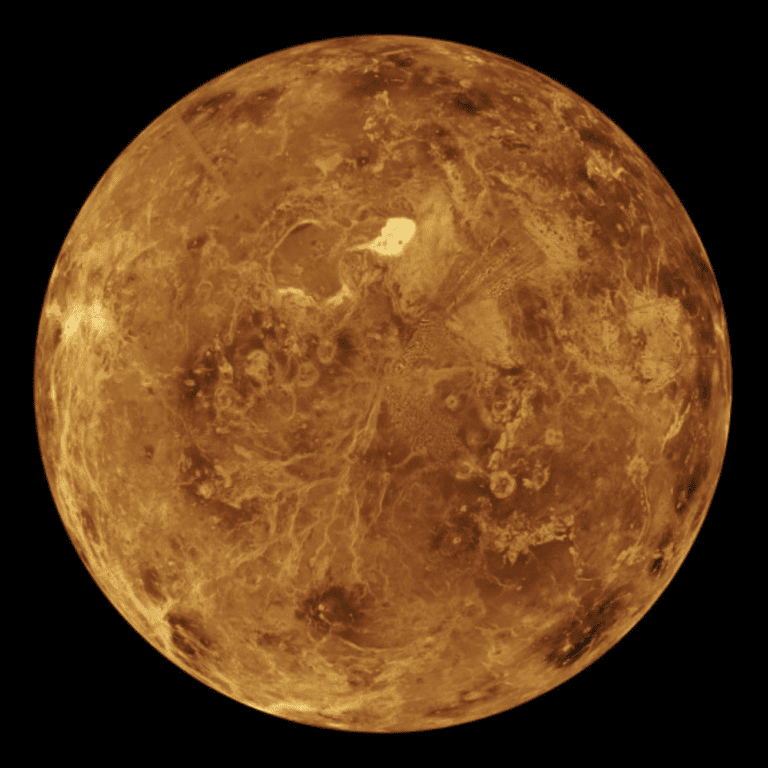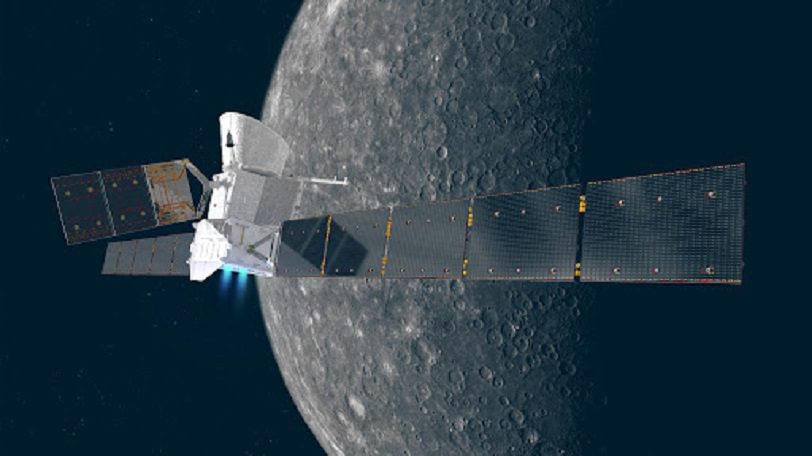Beautiful planet venus
You may also be interested in: Forza Motorsport 7 Xbox One Version Full Game Free Download
Venus is roughly class -4-5 when it is brightest. Because of this, Venus is the second brightest celestial body on Earth after the sun and moon. Venus, the second planet in the solar system, called the Night Star, was named after Venus, the goddess of love and beauty, even in the West because of its unique beauty.
VENUS HAS A RIDICULOUSLY HIGH-TEMPERATURE TEMPERATURE OF MORE THAN 700K ON AVERAGE BECAUSE VENUS’ ATMOSPHERE IS MAINLY MADE UP OF CARBON DIOXIDE AND THE CONCENTRATION IS VERY DENSE. CARBON DIOXIDE PRODUCES A GREENHOUSE EFFECT, MAINTAINING A HIGH TEMPERATURE ON THE SURFACE OF VENUS. THUS, VENUS’S ATMOSPHERE IS COMPLETELY DIFFERENT FROM EARTH’S.

why is humanity obsessed with venus?
venus has been one of humanity’s great concerns since yes. because Venus is slightly smaller than our earth, it is often called earth’s twin planets, but venus’ atmosphere is quite different from that of earth, as previously explained. for this time, humanity began to ask questions about why planets of similar size and similar locations evolved in so different ways. however, Venus has long been a veiled planet, and it is only a few decades since humanity began to dig into venus in detail.
It was also Mars and Venus that began to attract the most attention when humanity began to wonder if there might be another living thing somewhere in our endlessly wide solar system. To date, only Earth is the planet inhabited by life, but recent simulations by the team of Dr. Michael Wei of NASA’s Goddard Space Flight Center have revealed some rather interesting results that the earth may not be the first home of life. The research team claimed that Venus, now in ruins, may have been a habitable planet for life a few billion years ago and that venus became a planet of death due to carbon dioxide and slowly rotating.
The Japanese unmanned probe Akatsuki (meaning dawn in Japanese) also stated that while the existence of life on Venus in the past remains in doubt, it is assumed that Venus was once similar to earth.
europe’s venus exploration challenge
As a representative of Venus’ recent popularity, the European Space Agency has chosen The EnVision, a Venus orbital mission that maps Venus as the fifth mission (M5 mission) of the Medium-Sized M-Class Missions of the Cosmic Vision Project. This choice in Europe allows us to see how passionate Europe is in exploring Venus, as it has been chosen over competing competitors such as spica and THESEUS missions. So what was Europe’s first mission to Venus? What scientific results has humanity gained from the above missions, and why is Europe so passionate about exploring Venus?
Europe’s first mission to Venus is the Venus Express mission (or called VEX), launched in November 2005. The above mission was first proposed in 2001 by a consortium led by Dr. Dimitri Titov, Emmanuel Ellouch, and Dr. Fredric William Taylor. What’s interesting is that the above mission was originally proposed to recycle the main payload and design of Europe’s first Mars rover Mars Express mission, which was jointly involved by the European Space Agency (ESA) and Russian space scientists, into missions on other planets. Of course, you can’t use it as it is. For example, Venus is much closer to the sun than Mars, so radiant heat varies roughly four times. Therefore, Europe decided to adopt the full-time mission Mars Express to the environment of Venus.
Launched with the aim of conducting scientific research with long-term observations of Venus’ atmosphere in the polar orbit around Venus, the Venus Express mission planned to observe Venus longer than any previous Venus mission. Long-term observations provide a detailed understanding of Venus’ atmospheric dynamics, which can also provide hints about climate change on Earth. Venus Express is the first European Venus mission, but it is one of the missions that has helped us get to know Venus best through long-term Venus observations. It is no exaggeration to say that Venus Express’s success has made Europe a detonator for choosing Venus missions when choosing new ones. Thanks to the above missions, Europe is preparing for a more powerful Venus exploration mission.
Payloads in Venus Express
Venus Express has seven payloads. Equipped with the purpose of observing and studying the interaction between the solar wind and venus atmosphere and the interaction of the atmosphere with plasma, the ANALYZER of Space Plasma and Energetic Atoms reused the ASPERA-3 design used in Mars Express but was adapted to the harsh environment of Venus. The magnetometer, named MAG, was equipped with plans to support ASPERA-4 in the study of the interaction between venus atmosphere and solar wind, focusing on the strength of venus magnetic fields. MAG was designed based on ROMAP equipment that was mounted on the lander of comet research mission Rosetta. Venus Monitoring Camera (VMC), a CCD camera equipped to map the brightness distribution of Venus’s surface by studying the distribution of Venus’ volcanic activity search and upper atmospheric UV absorption using visible, ultraviolet, and near-infrared rays, is an upgraded version of the Visual Monitoring Camera on Mars Express.
Planetary Fourier Spectrometer (PFS), which operates in infrared light in the 0.9 to 45 μm wavelength range and is equipped to investigate more detailed observations of Venus’ atmosphere, atmospheric components and aerosol analysis, and their interactions, is also one of the payloads assembled based on Mars Express’s spectrometer. Derived from SPICAM equipment flown by Mars Express, SPectroscopy for Education of The Atmosphere of Venus is a spectrometer for the irreverence of the Atmosphere of Venus, and VIRTIS (Visible and Infrared Thermal Imaging Spectrometer) is a thermal spectrometer using visible and infrared light. Finally, Venus Radio Science is a payload mounted to analyze the ionosphere and the surface of the atmosphere and Venus.
Venus Express was launched with the Soyuz-FG/Fregat rocket from Kazakhstan on November 9, 2005, after a two-week delay to inspect small fragments of insulation at the top of the rocket. Monitored by ESOC, ESA’s control center in Darmstadt, Germany, venus Express confirmed that it arrived in Venus on April 11, 2006, after a 153-day long journey. Venus Express needed additional control to enter Venus’ 24-hour orbit and finally entered its target orbit on May 7 of the same year.
Venus Express, which planned and departed the mission for about 500 days at the time of launch, was very successful in observing Venus and was then extended five more times, thus increasing its mission until 2015. Venus Express, which studied Venus’ atmosphere, clouds, surface characteristics, plasma, and more, finally ended its mission on December 16, 2014, when transmission to Earth was lost. The spacecraft’s last signal was detected on January 18, 2015.

Scientific Discovery by Venus Express (1) – Venus’ ionosphere swells like the tail of a comet.
Venus Express conducted numerous scientific studies, along with a number of meaningful discoveries, particularly during periods of reduced solar wind pressure, which found venus’ ionosphere swelling like the comet’s tail at night. An ionosphere is a layer higher than the planetary atmosphere, a weakly charged gas region.
In August 2010, NASA’s Stereo-B spacecraft observed that the density of the solar wind was about 50 times lower than usual, which lasted about 18 hours. At this point, Venus Express also took a closer look at Venus, observing a Venus ionosphere balloon that looked very similar to the comet’s ion tail shape. The tear-shaped ionization layer began to form within 30 minutes to an hour after the normal high-pressure solar wind weakened, confirming that Venus’ ionization layer expanded at least twice as long over two days of Earth time.
For piles of earth with strong magnetic fields, the ionizing layer is relatively stable for changes in the solar wind. However, Venus does not have its own internal magnetic field, so it has to rely on interactions with the solar wind to form an ioni layer. While it is still controversial that the shape of the ionosphere depends on the century of the solar wind, Venus Express’s observations are significant when it first reveal the effects of very low solar wind pressure on the ionosphere of an unflashed planet. Through this, we learned how the solar wind affects the way Venus’ ionosphere plasma moves. As a result, Venus Express observed that even if solar winds decrease, the sun can still have a significant impact on the environment of neighboring planets. Researchers predicted that a similar effect would occur on non-magnetized planets such as Mars.
Scientific Discoveries by Venus Express (2) – Changes in The Wind Speed of Venus
Venus Express also conducted observations regarding changes in wind speed on Venus. During Venus Express’s decade (six years on Earth), the Venus Express team tracked the movement of clouds that existed about 70 kilometers from the planet’s surface, which allowed them to monitor patterns in wind speed and revealed that Venus’ winds were steadily accelerating. Dr. IgorKatuntsev of the Moscow Space Institute said that when Venus Express first arrived on Venus in 2006, the average wind speed of the clouds between latitudes of 50º was about 300 km/h, but the wind speed increased to about 400 km/h during the mission.
Scientific Discoveries by Venus Express (3) – The Glory phenomenon of Venus
Venus Express captured the beautiful glory phenomenon of Venus in March 2014. Similar to rainbows, it is considered to be a phenomenon in which sunlight scatters on small droplets of clouds, while rainbows are arched, while glory is a multicolored annular continuum concentrated around smaller, brighter nuclei. Glory can only be observed when the observer is located between the sun and the particles of the clouds, and it is known that the cloud fragments must be spherical and the size of the droplets in the liquid state must be small. Glories spread as wide as 1200 kilometers are predicted to be made due to UV absorption, but follow-up research is still needed.
Scientific Discoveries by Venus Express (4) – Venus and Water
Venus Express has now conducted additional observations to clarify why Venus lacks water. In doing so, the Venus Express team found that a powerful electric field, which is powerful enough to deplete oxygen, one of the important components of water, exists in the upper layers of Venus. The research team found that Venus’ electric field is at least five times larger than expected, and if an electric field exists, hydrogen ions (protons) and oxygen ions in the planet’s atmosphere could be removed due to solar winds. This is the main ingredient in water making, so it may be the answer to why Venus has less water.
Venus is closer to the sun than the earth, so it can receive more UV rays. this can lead to a greater number of free electron generation and stronger electric fields in the planet’s atmosphere. in particular, the above study is considered a meaningful discovery that can be applied not only to our solar system but also to exoplanet systems as a result of the discovery of the mechanism by which water disappears from planets close to the star.
If you are facing any issue in downloading or need assistance Click here .





